Samsung 32-inch Odyssey OLED G8 G81SF monitor first impressions
This versatile powerhouse offers immersive visuals great image quality, good performance and a sleek design in a sleek, pricey package.
This article contains affiliate links. If you buy through these links, we may earn a small commission.

Photo: Samsung

This audio is generated by an AI tool.
The Odyssey OLED G8 G81SF monitor is probably on your radar if you're considering a high-end OLED display. I recently tested theÌýSamsung 32-inch Odyssey OLED G8 G81SF – a flagship 4K (3,840 x 2,160) display with a 240Hz refresh rate – for two weeks. Here’s what stood out for me – kudos, caveats and all – plus a few OLED monitors worth considering.
KEY SPECIFICATIONS
Resolution: 4K (3,840 x 2,160)
Aspect Ratio: 16:9
Brightness (Typical): 260cd/㎡
Contrast Ratio Static: 1,000,000:1
Response Time: 0.03ms (GTG)
Refresh Rate: Max 240Hz
Viewing Angle (H/V): 178Ëš/178Ëš
IMAGE QUALITY
The G81SF delivers sharp, vibrant visuals and supports features like HDR (high dynamic range) and VESA DisplayHDR True Black 400. It also supports a 240Hz refresh rate and 0.03ms response time for a smooth gaming experience.
Unlike older OLED panels, brightness isn’t an issue. Even in my sunlit living room, theÌýbright display and anti-reflective coatingÌýkept glare at bay.
GAMING PERFORMANCE
Tested on aÌýPlayStation 5, the monitor handled fast-paced titles likeÌýGran Turismo 7,ÌýF1 24 andÌýTekken 8Ìýwith ease. This helped ensure that visuals were crisp and lag-free, whether I was trying to out brake Max Verstappen or trying to dispatch my virtual combat opponent.
The PS5’s refresh rate caps at 120Hz so it didn’t push the limits of the G81SF. For PC gamers with high-end rigs, this panel, with its 240Hz refresh rate, should shine.
MEDIA PLAYBACK
Movies and videos looked sharp and vibrant, especially on HDR-enabled 4K streams. As streaming content can drop to lower resolutions and often uses lower bitrates, I also tested with a 4K Blu-ray copy ofÌýTop Gun: Maverick.
The disc itself has been touted as a reference-quality release, being noted for its sharp details and good contrast. This eliminated the variability of streaming content and showed the monitor’s full potential. Sharp closeups and smooth gradients made for a very immersive and enjoyable viewing experience.
SETUP AND DESIGN
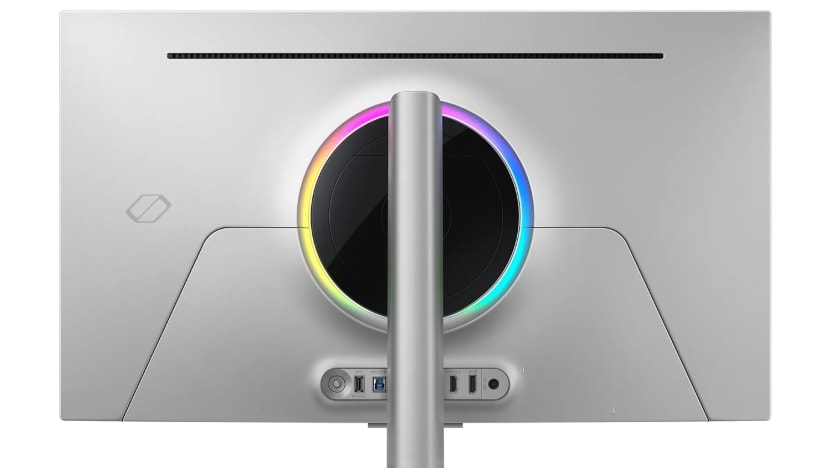
The G81SF assembles quickly. Just twist and lock the stand into the metal base, clip it onto the monitor panel and you’re good to go. The monitor tilts, swivels and pivots for vertical use. It’s sleek, with aÌýslim metal baseÌýthat offers plenty of spaced for laptops and accessories.
The stand includes a silicone tie to help with cable management although it doesn’t offer full concealment. Cable-management sticklers take note: TheÌýG81SF’s power brick is bulky, so plan your desk layout accordingly.
EXTRAS
The G81SF includesÌýCoreSync and CoreLighting+ RGB lighting that matches on-screen colours. You can customise it to display a single colour or disable it entirely. While my young gamer self would have appreciated it, older me turned it off.
The monitor offers several connectivity options including two HDMI ports, a Display port and an audio port for connecting external speakers.
HOW IT STACKS UP
The is available in 27-inch and 32-inch variants. If you have the space for it, the 32-inch model is a worthwhile upgrade for an additional S$160. You get a capable monitor that’s great for gaming and entertainment. It is pricey, but you get great image quality, good performance and a sleek design.
Get it if: You want a premium, sleek, versatile 4K OLED monitor for gaming, entertainment or content creation. You want the most out of your high-end gaming rig
Pros: Stunning visuals, fast performance, sleek design
Cons: Pricey, bulky power brick
OTHER OLED MONITOR OPTIONS
There are other solid OLED alternatives – some of which are at a slightly lower WQHD resolution (2,560 x 1,440) – that still deliver great quality. We’ve shortlisted a few of these you may want to consider.
(S$1,484.04; Usual Price: S$1,499); 1% off)
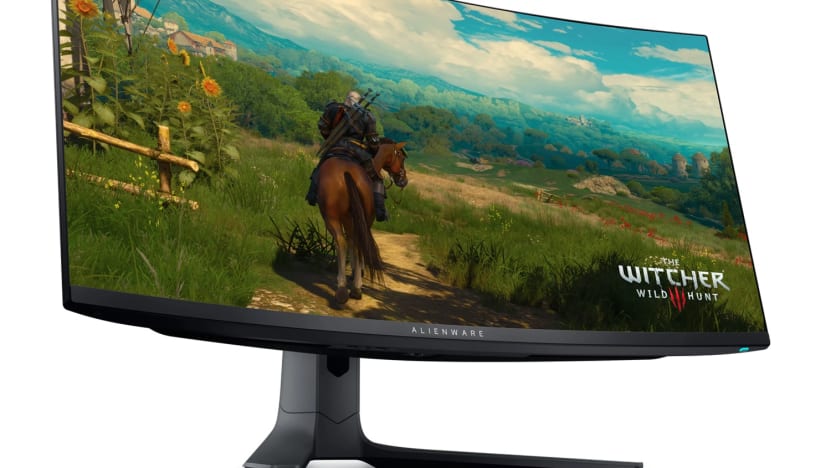
This 34-inch curved QD-OLED monitor supports AMD FreeSync Premium Pro and VESA DisplayHDR TrueBlack 400. The 21:9 aspect ratio screen has a 3,440 x 1,440 resolution and 1800R curvature.
Pros: 165Hz refresh rate, supports AMD FreeSync Premium Pro for low input lag
Cons: HDMI 2.0 ports only (no HDMI 2.1)
Ìý(S$1,500; Usual Price: S$1,999; 24% off)
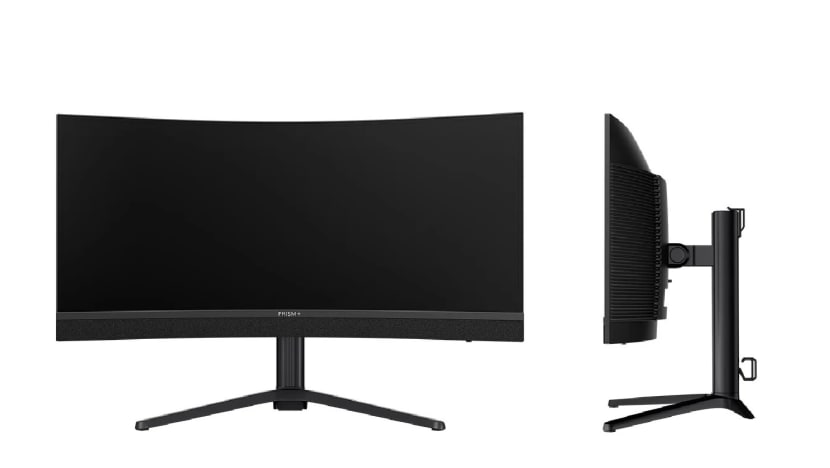
If you’re on a budget, this QD OLED panel has a 3,440 x 1,440 resolution with a 165Hz refresh rate. It has a 1,500R curvature, supports AMD FreeSync and is compatible with NVIDIA G-Sync, reducing screen tearing and stuttering in games.
Pros: Affordability, supports AMD FreeSync, compatible with NVIDIA G-Sync
Cons: Lacks HDR support
(S$1,691.91; Usual Price: S$1,999; 15% off)
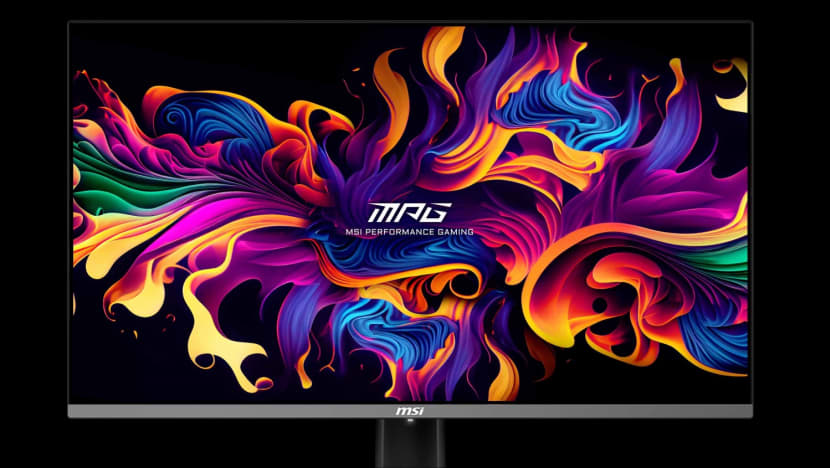
This 32-inch QD OLED monitor supports VESA DisplayHDR TrueBlack 400. The 16:9 screen has a 3,840 x 2,160 resolution and has a 240Hz refresh rate and 0.03ms response time.
Pros: 240Hz at 4K, 0.03ms response time, HDMI 2.1 ports
Cons: Supports variable refresh rate but not officially certified for G-Sync or FreeSync
(S$1,793.60; Usual Price: S$2,199; 18% off)
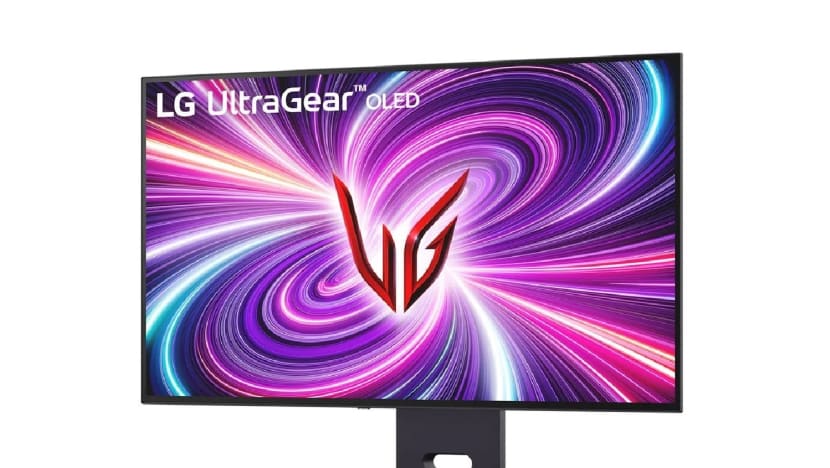
This 32-inch OLED monitor switches between 4K at 240Hz and 1080p at 480Hz with a single button press – ideal for viewing cinematic content and competitive gaming. The 16:9 screen has a 3,840 x 2,160 resolution and has two built-in 7W speakers.
Pros: Dual-mode refresh rate, built-in speakers, NVIDIA G-SYNC compatible
Cons: One display port
(S$1,799; Usual Price: S$1,909; 5% off)
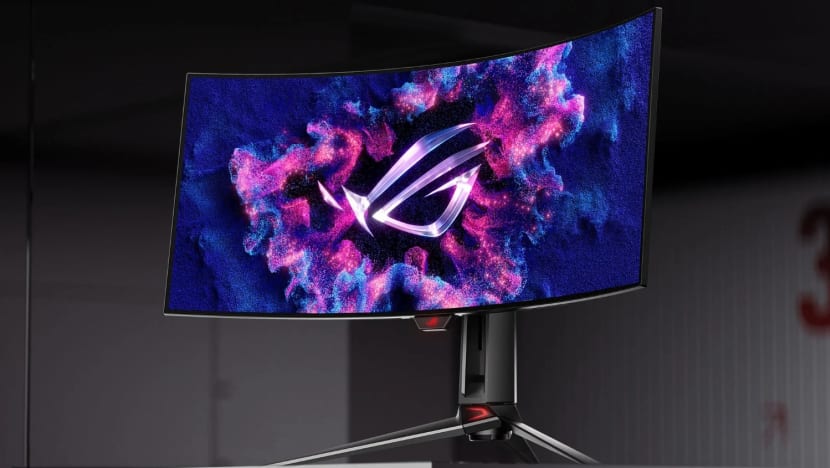
This 34-inch OLED panel has a 3,440 x 1,440 resolution with a 240Hz refresh rate and 0.03ms response time. It has an 800R curvature and supports FreeSync Premium Pro and is G-SYNC compatible, reducing screen tearing and stuttering.
Pros: Includes USB-C with 90W power delivery, supports FreeSync Premium Pro, G-SYNC compatible
Cons: 3,440 x 1,440 resolution doesn’t fully leverage PS5 or Xbox Series X/S capabilities
THE OLED DIFFERENCE
When they were first introduced, OLED panels shifted the bar for their slim design and image quality over LED panels. OLED panels can individually turn off each pixel when displaying dark scenes. Unlike LED panels which are backlit, this creates true blacks and offers a more immersive viewing experience. While OLED panels are very slim, monitors and TVs still need to accommodate electronics and speakers, which adds bulk.
This article contains affiliate links. If you buy through these links, we may earn a small commission.
Prices are accurate as of the time of publication.








